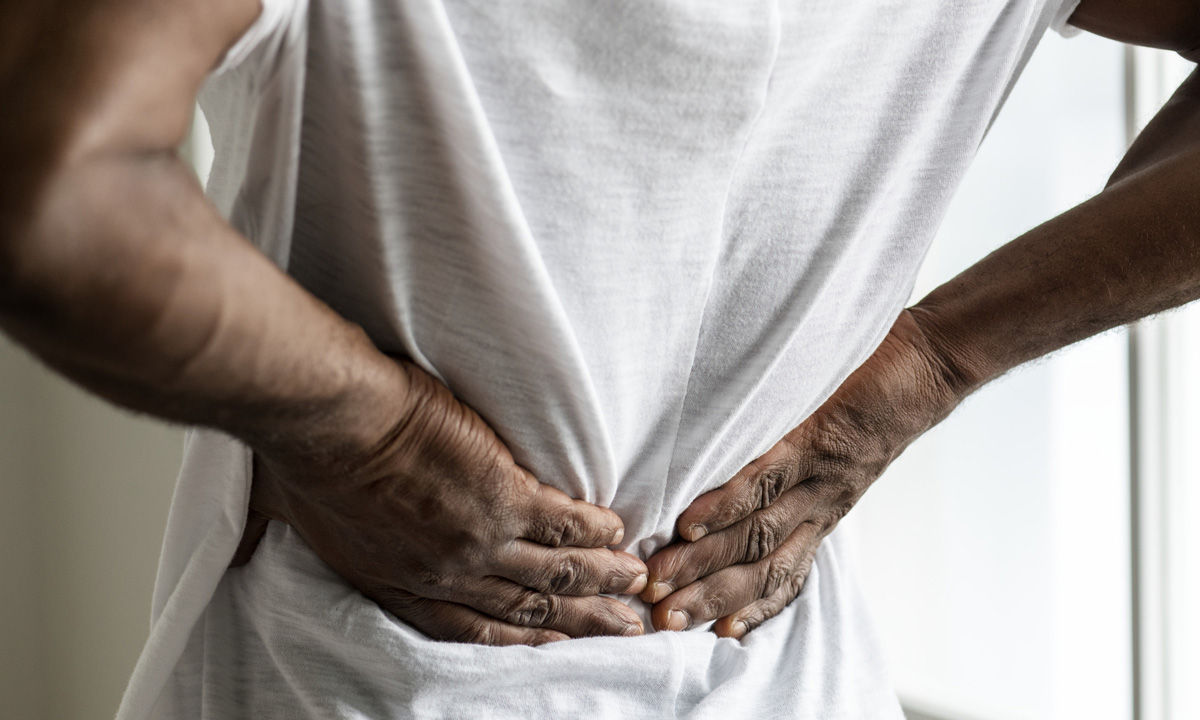This article originally appeared on Cannabis.net and has been republished with permission.
Temporomandibular joint (TMJ) disorders affect the jaw as well as the muscles responsible for controlling the movement of the jaw. The temporomandibular joint functions similarly to a sliding hinge and connects the skull and jaw. The human body has one of these jaws on each side.
Symptoms of TMJ include tenderness or pain in the jaw, pain in the left, right or both jaws, clicking sound when opening the mouth, pain around the ear and face, muscle spasms, joint blockage, difficulty chewing and more. These can be caused by various factors, such as damage to the joint or cartilage of the joint due to impact, disc erosion, or misalignment of the jaw disc. In most cases of people with TMJ, the exact cause is unclear.
 Photo by Luiz Rogério Nunes via Unsplash
Photo by Luiz Rogério Nunes via Unsplash
RELATED: Cannabis and Rheumatoid Arthritis – What Are the Best Options?
According to the National Institutes of Health, about 10 million Americans suffer from temporomandibular joint disorders. They usually affect people between the ages of 20 and 40, and are more common in women than in men. Most cases of TMJ disorders are mild and, when diagnosed early, are not expected to get worse over time.
Lifestyle changes such as eating soft foods, applying ice packs, avoiding extreme jaw movements, and relaxation techniques are recommended. If this is not enough, doctors may recommend painkillers and NSAIDs, and in severe cases it may be necessary to use a stabilizing splint, a type of mouthwash. In rare cases, botox and surgery may be required.
Millions of people with TMJ struggle with the intense pain and discomfort that this condition causes.
How Cannabis Helps ATM Disorders
Although there are only a few studies focusing on cannabis exclusively for TMJ disorders compared to other diseases, its results have been promising. In one study, it was shown that low doses of cannabis are effective in treating the pain associated with this disease, which is especially wonderful for people who do not want to take NSAIDs because of the side effects.
In another study, researchers looked at the impact of CBD oil on 60 patients who had symptoms of TMJ. Participants were grouped into two; one of these groups was given CBD oil for topical application, while the second group was given a placebo. The researchers also analyzed the muscle tension between these patients before and after the treatment, which lasted 14 days. Electromyography was used to measure muscle tension and participants were also asked to assess their pain intensity using a 10-point scale.
The group receiving CBD oil had 11% less tension on the left side and 13% less muscle tension on the right side, while the placebo group reported an improvement of 0.2% and 3.3 %, respectively. With a reduction in muscle tension, participants also had less pain. Those in the CBD oil treatment group reported that they had $ 70 less pain while it was only 10% for those receiving placebo. The researchers concluded that transdermal application of CBD was effective in reducing jaw muscle activity and was especially helpful for patients suffering from myofascial pain.
There is also another study that reveals that a synthetic cannabinoid agonist, which is a chemical designed to bind to the same receptors as cannabis, provided patients with TMJ with relief equal to what they would get by taking morphine.
However, research into the analgesic and anti-inflammatory properties of cannabis is strong, with dozens of studies supporting its use to treat pain. In fact, according to Harvard, the first reason people use medical marijuana is for pain. Scientists continue to look for explanations for how to do this, and so far we have numerous hypotheses.
 Photo by rawpixel.com
Photo by rawpixel.com
RELATED: A Deep Immersion in Cannabis for Migraines: What Works and What to Stay Away
Both CBD and THC work differently in the human body through cannabinoid receptors that can help change the way we perceive pain. “We know a lot more about how THC works in terms of molecular mechanism than CBD,” says Steve Alexander, an associate professor of pharmacology at the University of Nottingham Medical School. “THC activates certain cannabinoid receptors, one of which is found in nerve cells and the other in immune cells. When it activates that of nerve cells, it reduces the sensation of pain,” he added.
CBD has also made waves in the medical community for its ability to treat inflammation and pain. Some studies show that CBD works to relieve pain by working on the body’s pain detection systems, known as nociceptives. Because the human body’s endocannabinoid system helps regulate many important body functions, including pain management, it makes sense why cannabis can work so well.
Use of cannabis for ATM
There are many ways in which patients can be given cannabis to treat ATM, although some people may find that one method works better for them than others. For those who need immediate relief, smoking or spraying cannabis is recommended. Oral consumption of oils and sublingual application are also recommended. For ATM patients who suffer from chronic pain due to ATM, taking food with THC, CBD or a proportion of both is effective for lasting relief, although its effects can take between 1 and 2 hours.
The use of cannabis clichés can also provide quick relief from ATM. Simply apply the topic to the affected area outside the jaw or around the face and neck. This will allow therapeutic cannabinoids to be absorbed through the skin and provide localized relief. Just be sure not to medicate with cannabis without consulting your doctor if you are taking other medications due to possible harmful interactions.
This article originally appeared on Cannabis.net and has been republished with permission.








